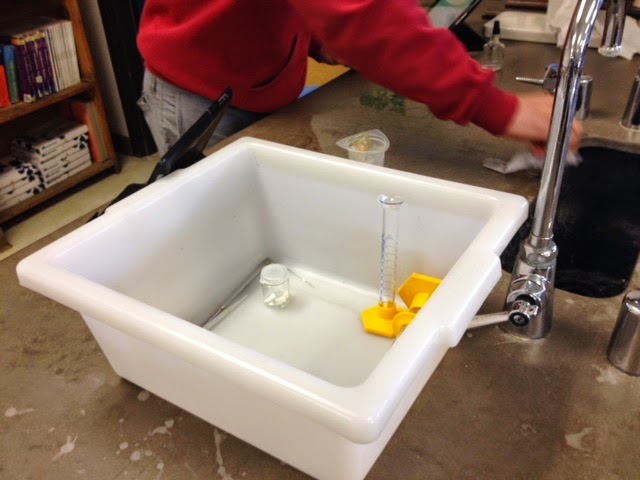UP UP AND AWAY
A group lab report by Mason, Abhinov, Mike, and Joel
Materials Used:
Glass Stirring Rod
Two 500 Ml containers
Baking Soda
Liquid Dish washing Detergent.
Leaves from Hedera or Spinacia families
Aluminum Foil
Stopwatch
Camera
2 clear plastic cups
Hole Puncher
Syringe
Procedure:
- Make a sodium bicarbonate solution in a beaker by combining the baking soda with the distilled water, then mix
- Add detergent, and stir gently
- Use a hole puncher to make 60 leaf disks.
- Make a vacuum in the syringe with 30 of the leaf disks.
- Put this in a clear cup with the solution, covered in foil
- Repeat step 4 and 5 but with the cup in the light.
- Set a stopwatch for 21 minutes and count how many disks rise every minute.
Hypothesis: If the leaf disks are left in the water for a longer amount of time, more leaves will experience photosynthesis and raise to the top.
Purpose: The purpose of this lab was to learn about photosynthesis and how is is triggered. The light and water in the experiment along with the solution sped up the process and demonstrated how it worked.
Results and Data:
Line graph of the Data we found during the Lab. It seems like the dark treatment barely had any photosynthetic reactions while the light reaction cup was steadily rising for 21 minutes.
This is a video of two leaf disks rising under the light cup.
Picture of the leaf disks rising in the light cup.
Graph of our original Data.
Analysis: Our results showed that my hypothesis was correct, the longer the disks are in the water with light, the more photosynthesis will go on. As the line graph showed, there was a steady raise of 1 or 2 disks per minute. The disks rise slowly, as shown in the video. This means that the photosynthesis reaction happens slowly or the density of the leaves are slowly lowered. Our light reaction seemed to work out well, while our dark reaction had a few issues. This could meant that photosynthesis is impossible without light, or there was scientific error on our end.
Conclusion: Our photosynthesis experiment was successful and we learned a lot. We concluded that the rate of photosynthesis depends on the amount of light being received. The more light, the faster the leaves rose.












.jpeg)
.jpeg)
.jpeg)
.jpeg)


